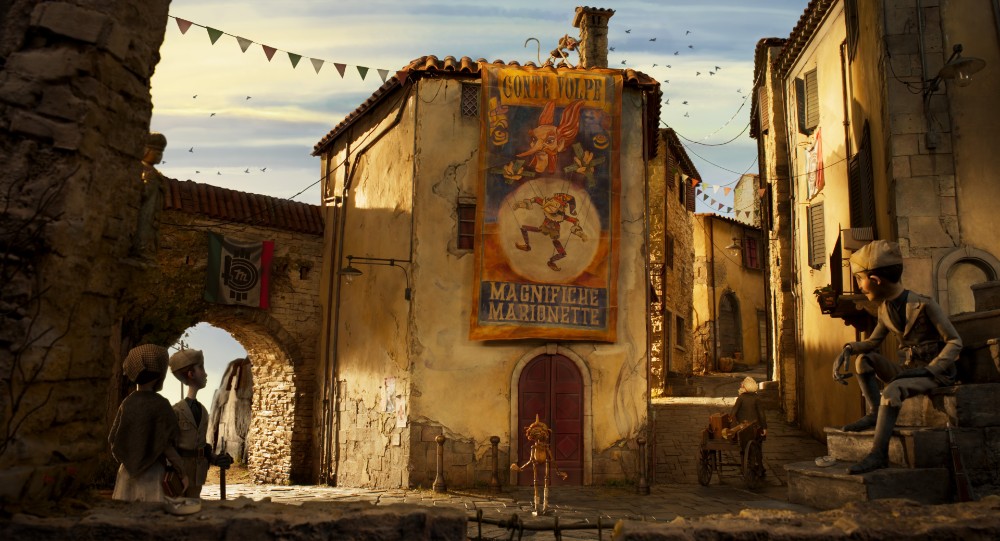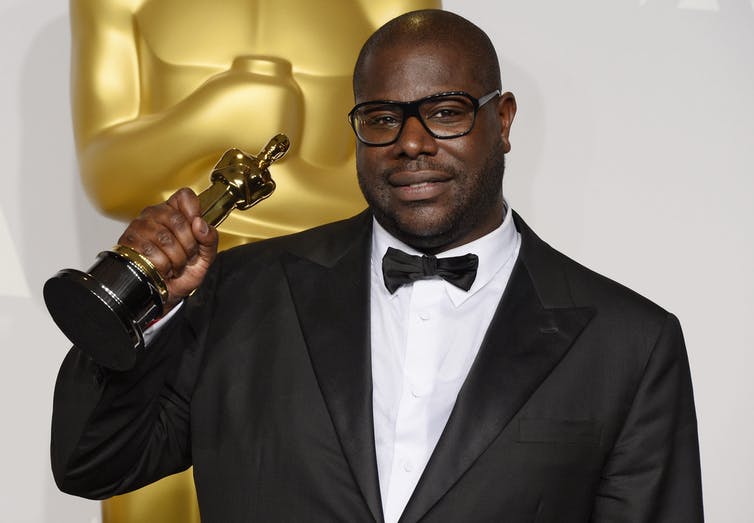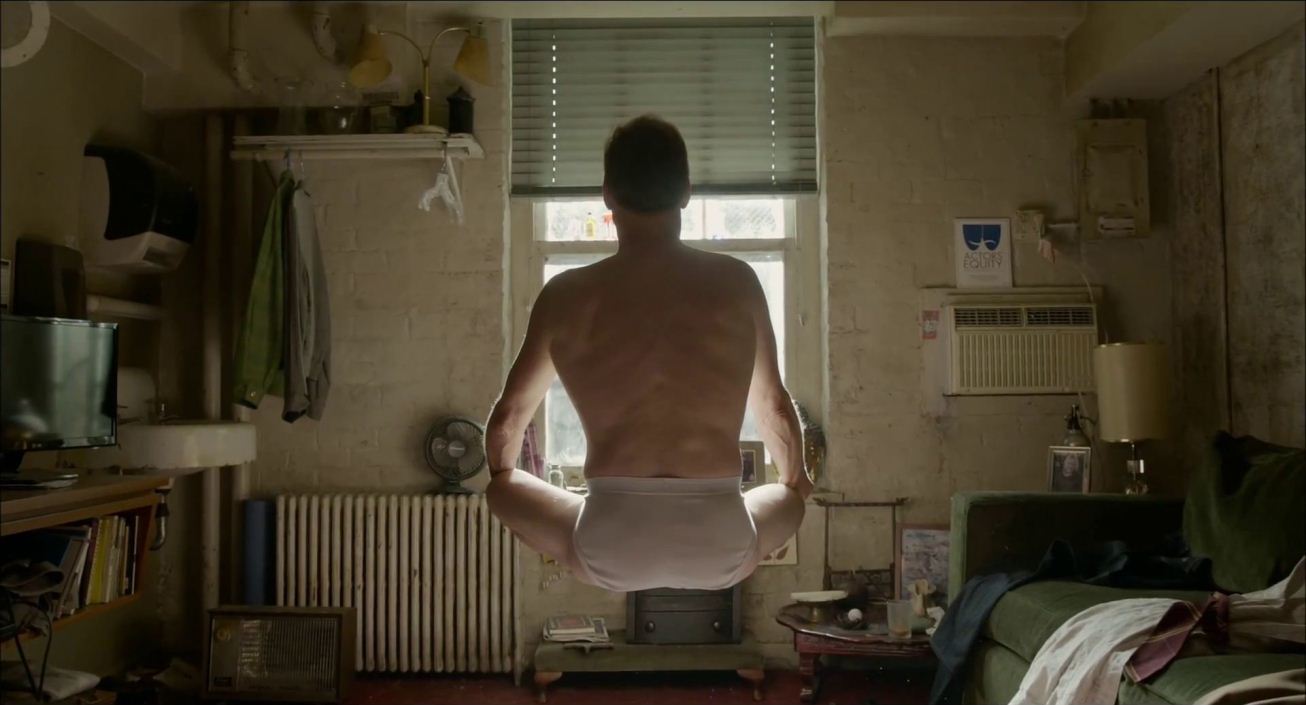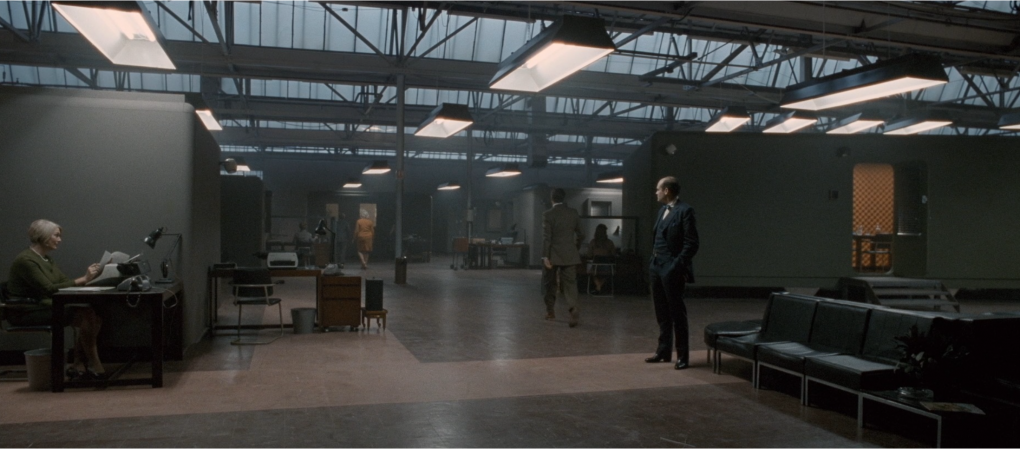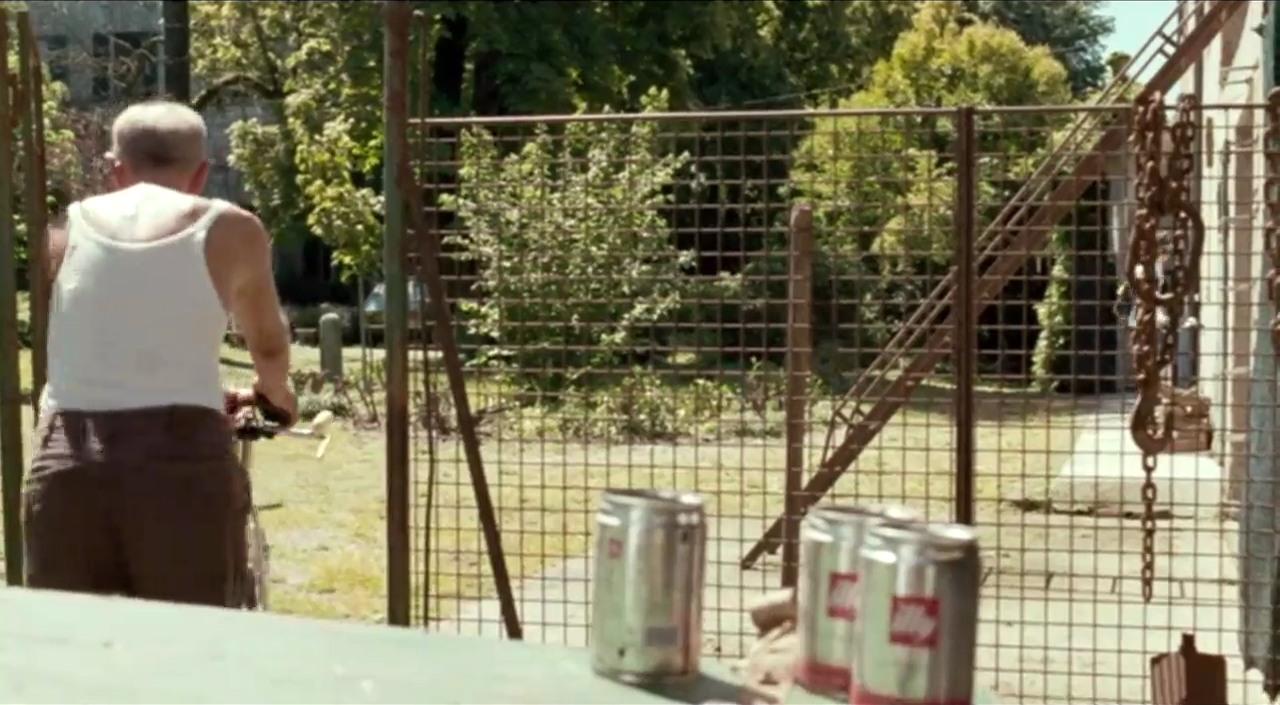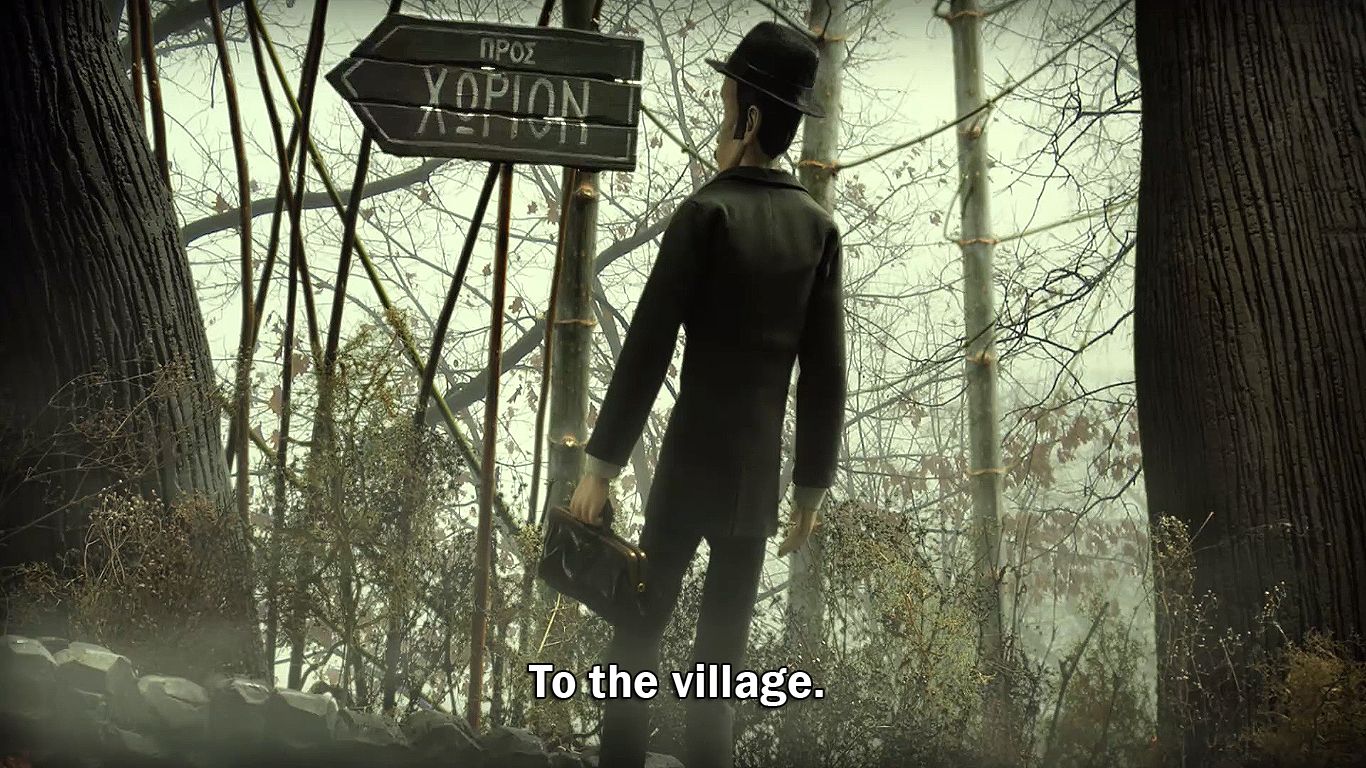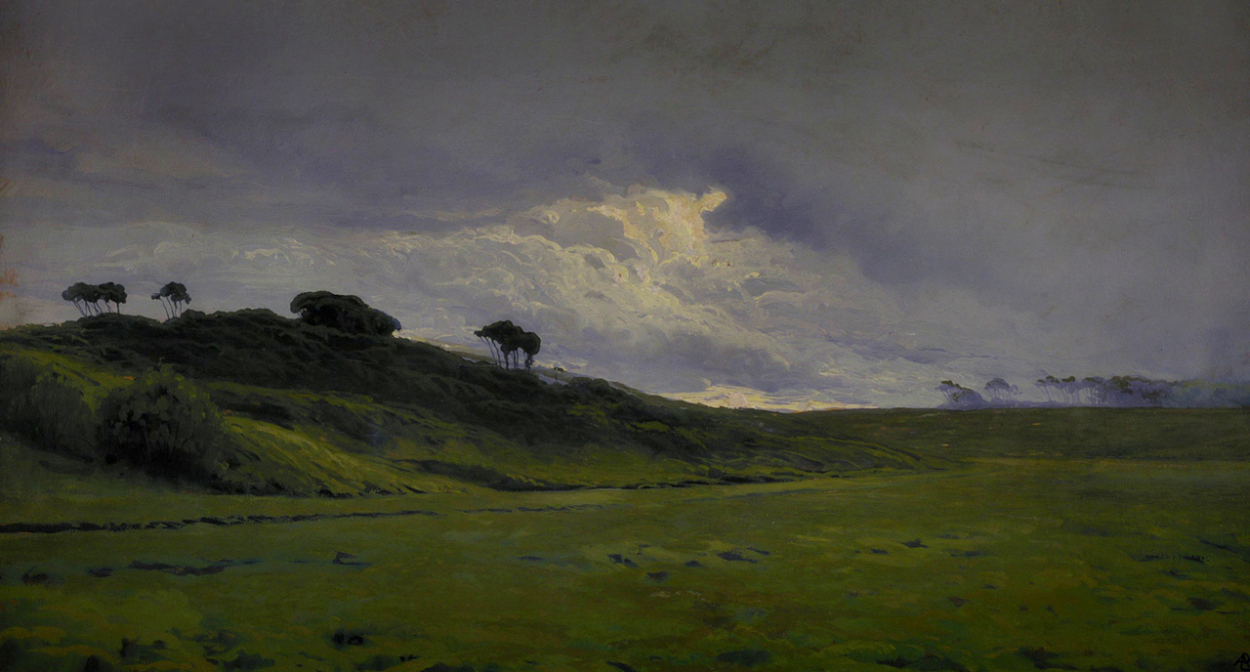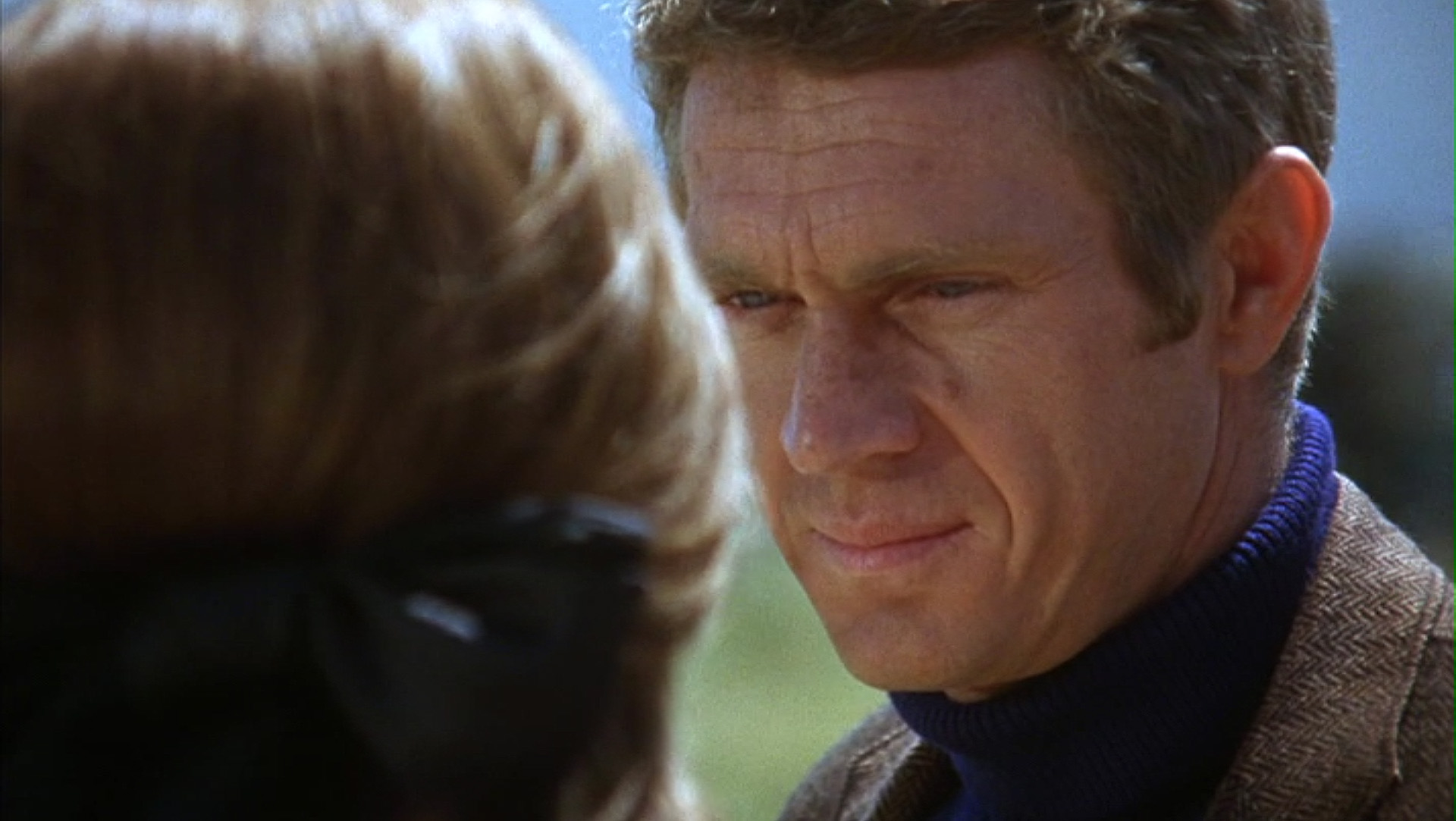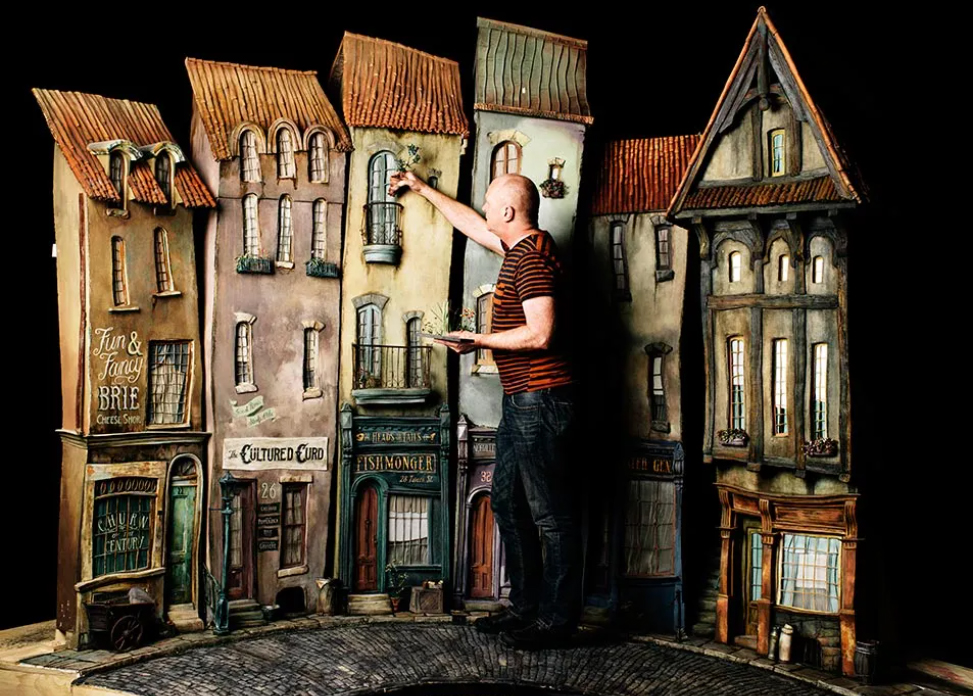
As the 2023 Oscars season grows closer, predictions for the Production Design category nominations are starting to crop up. The frontrunners are beautifully designed, big-budget productions like Elvis, Glass Onion, The Fabelmans and Avatar: The Way of Water. As to who will make the final cut, there are a few historical clues: it’s not very likely that any foreign language films will make it (sorry, All Quiet on the Western Front). Nor is it likely that any small, esoteric films like The Wonder or The Banshees of Inisherin will be in the mix, even if, in purely what-makes-good-production design terms, they deserve to be. Of course, every once in a while, a film from one of these unlikely places breaks the “glass ceiling” and gets nominated. There’s only one absolute, unquestionable certainty: animated features never make it into the final 5 of the Production Design Oscar nominations.
So why not animation? After all, this is the year of the beautifully designed Pinocchio, and the Academy’s rules are sufficiently vague to allow an animated film to be nominated for best Production Design. But this is not just a matter of Academy rules and regulations.
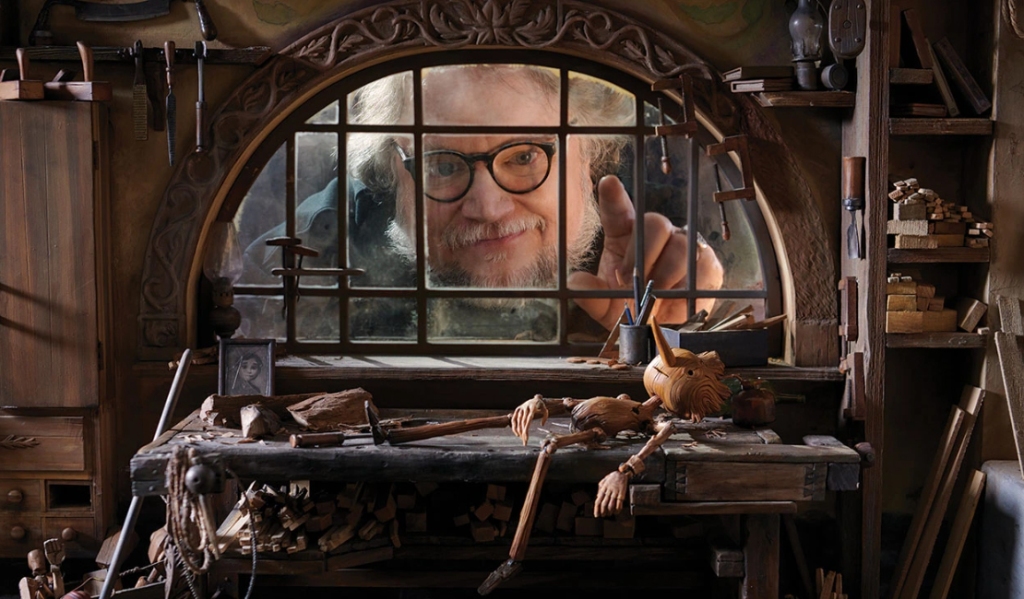
The Academy’s borderline contempt for animation could not have been better illustrated than in last year’s Oscars: before announcing the nominees for Best Animated Feature, the three presenters jokingly suggested that animated features are something only children watch on repeat and their long-suffering parents endure. There have been numerous stories of Academy members not watching all the nominated films in the animation category and voting based on their children’s preferences – which might explain why Disney has won 12 times over the last 14 years. Only 3 animation films have ever been nominated for the best picture Oscar. None of them won. In fact, with the exception of best song and best score (and some “special achievement” awards) no animated film has ever been nominated in any other Oscars category.*

You would think that in the Academy’s narrow understanding of the field, at least one animation technique is “close enough” to live action to be considered for an Oscar: stop-motion animation. Stop-motion has physical, three-dimensional sets. Renowned production designers like Norman Garwood and Adam Stockhausen have designed stop-motion films. Stop-motion art departments are crewed with draftspeople, prop makers, set dressers, greenery and construction experts and all the other disciplines you would find in a live-action film art department. The difference is that the sets are smaller, but the task is more formidable: Everything, down to the smallest detail must be created from scratch. This of course is the same for all animation techniques: when legendary production designer Richard Sylbert visited the Pixar art department in 2001, he was thrilled to see the sheer amount of designing they were doing. He later said that if he and his mentor, William Cameron Menzies, were just starting out, they’d be working at Pixar!

For me and for everyone who loves and follows both animation and production design, it’s a scandal that films like Coraline, Corpse Bride, The Boxtrolls or Aardman’s The Pirates! didn’t get at least a nod for an Oscar nomination in Production Design. Look at Coraline’s living and breathing garden scene set, or Aardman’s beautifully rendered galley in The Pirates! Look at the ingeniously stylized European city of Norvenia, or the fabulously steampunk underground lair in The Boxtrolls. I could go on about the fantastical, beautiful, visceral worlds created for stop-motion – not just those from recent history but also including old masters like Švankmajer and the Brothers Quay – but you get the picture.

Guillermo del Toro made it clear in his recent Golden Globe speech, as did Wes Anderson and Tim Burton before him: animation is cinema. Pinocchio is the best proof of this, and it’s time for a long-delayed recognition of the craft of production design in stop-motion animation. It would be a perfect opportunity for the Academy to start redeeming itself for years of relegating animation to the second-league genre of “kid’s films”. Unfortunately, for all the reasons mentioned above, this is not going to happen. But Pinocchio totally deserves it, because it is a brilliantly designed film. Production designers Guy Davis and Curt Enderle have created a meticulously researched, spectacular vision of WWII Italy, with layer upon layer of history and texture applied to the settings, creating a world that spans magical mediaeval villages and nightmare fascist-training camps. More importantly, they created a world that complements the actors’ performances (so what if they are puppets?), and supports the grand themes of life, loss and belonging in del Toro’s tale. Isn’t this what the best Production Design is supposed to do?
Edit: The nominations are out and I’m thrilled to see All Quiet on the Western Front made it in the final 5. Predictably though, no Pinocchio.
*Who Framed Roger Rabbit was nominated for the Production Design Oscar in 1988, but it was technically considered live action rather than animation (according to the Academy, animation films must contain a minimum of 75% animated sequences).
